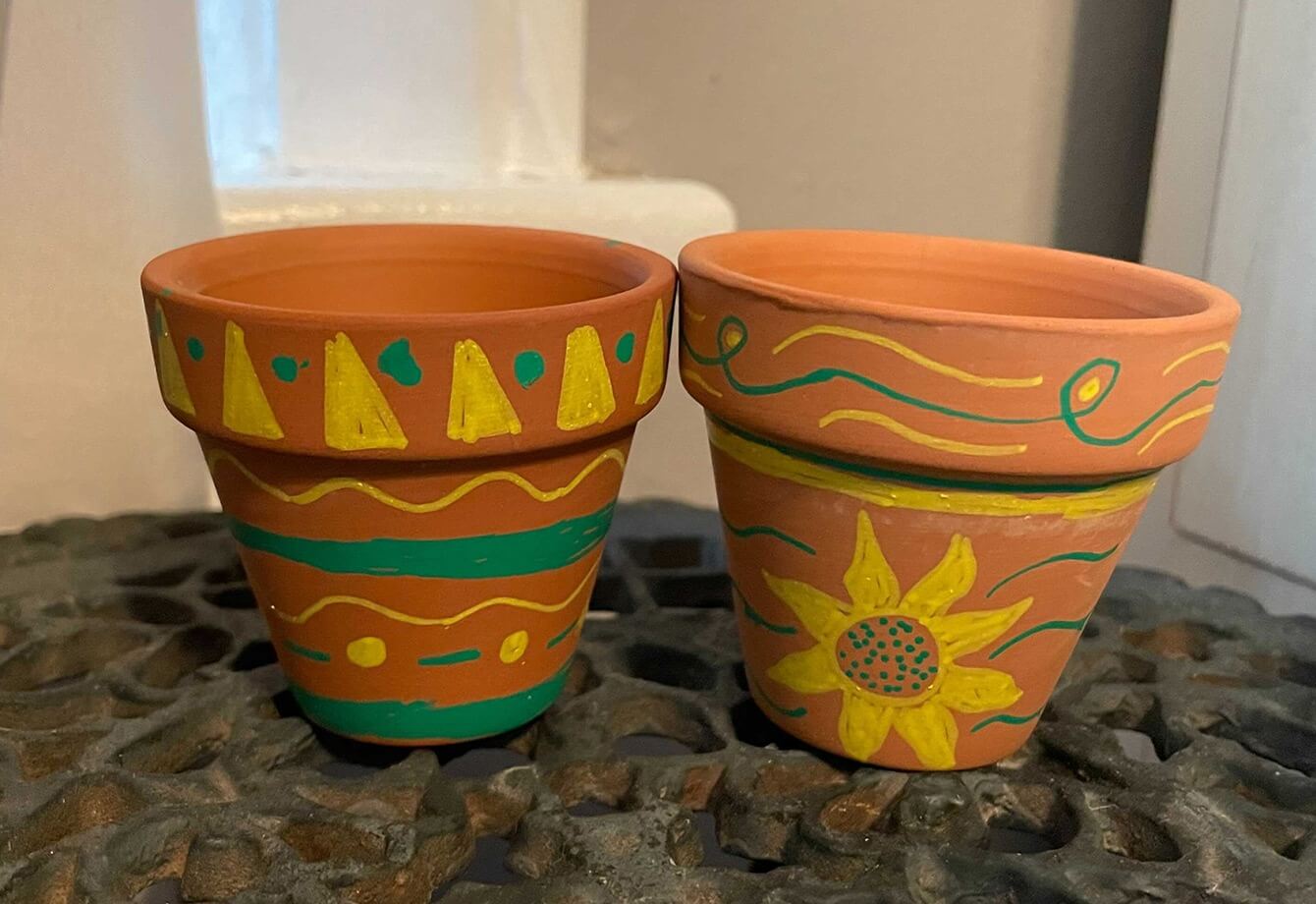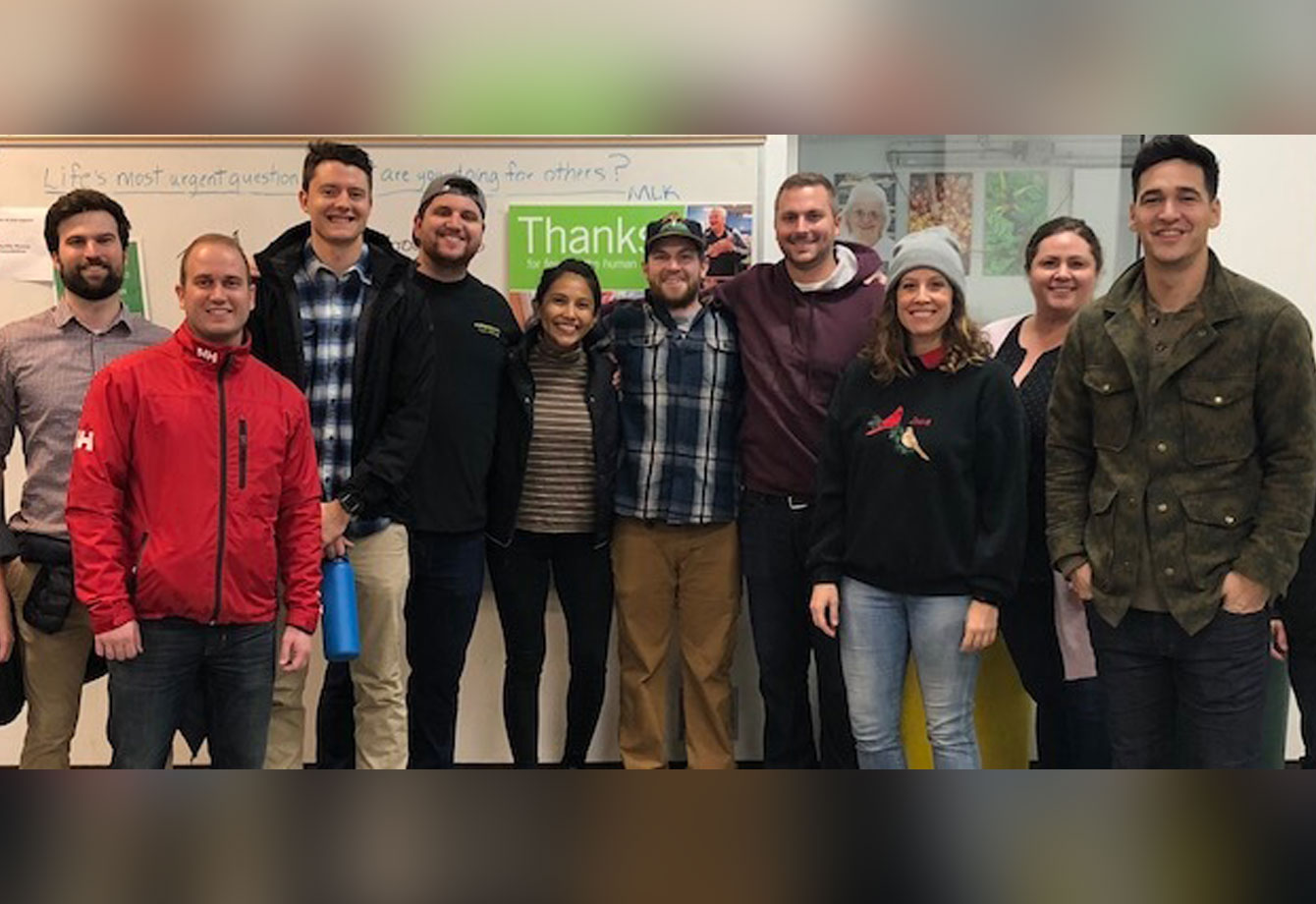
Start Responding Like a Pro
The Responsive blog is full of insights and best practices, giving you the tools you’ll need to streamline your process and respond with confidence.
Featured Post

How RFPIO celebrated Hispanic Heritage Month
Company & EventsHispanic Heritage Month is a period from September 15 to October 15 in the United States for recognizing the contributions […]
Category: Tag: RFPIO


How to support the Oregon Food Bank with RFPIO
Company & Events
Communicating business value and aligning teams at APMP
Company & Events
APMP reveals the state of the proposal management industry
Company & Events
The RFPIO team gives back over 600 meals to Oregon Food Bank
Company & EventsSee how it feels to respond with confidence
Why do 250,000+ users streamline their response process with RFPIO? Schedule a demo to find out.